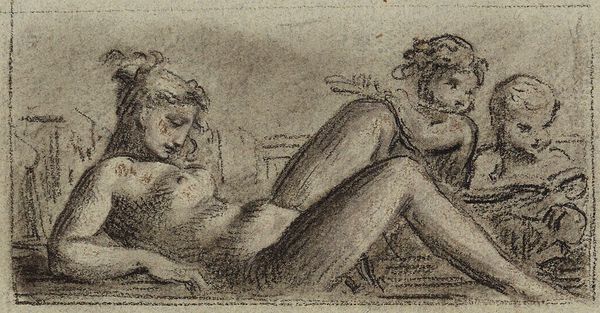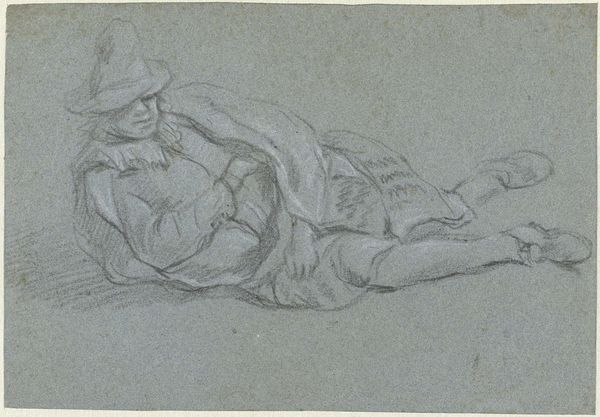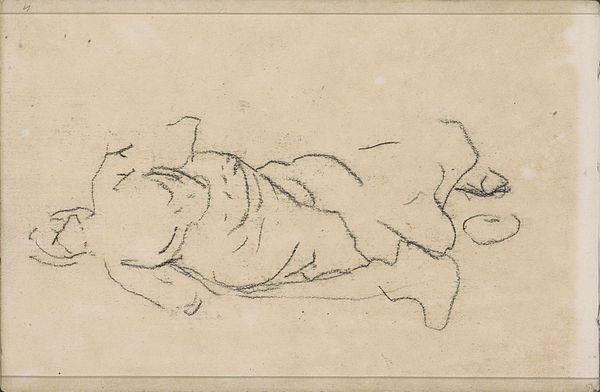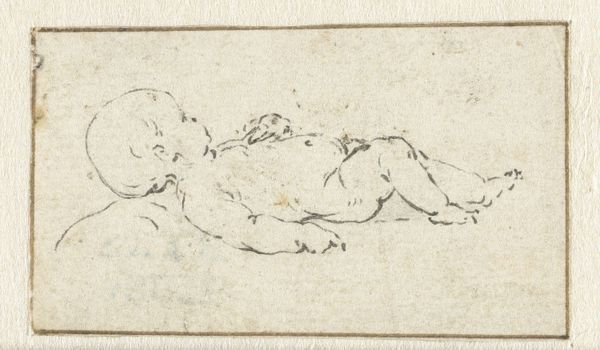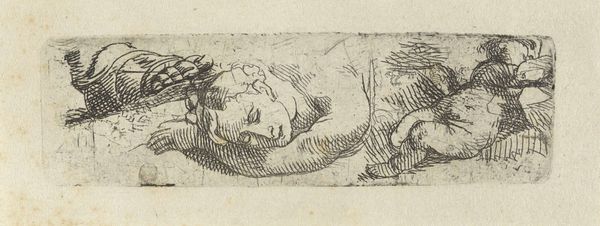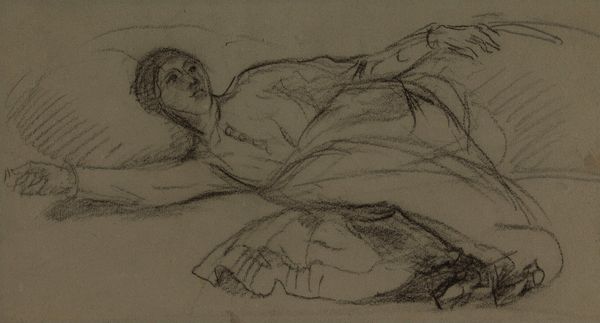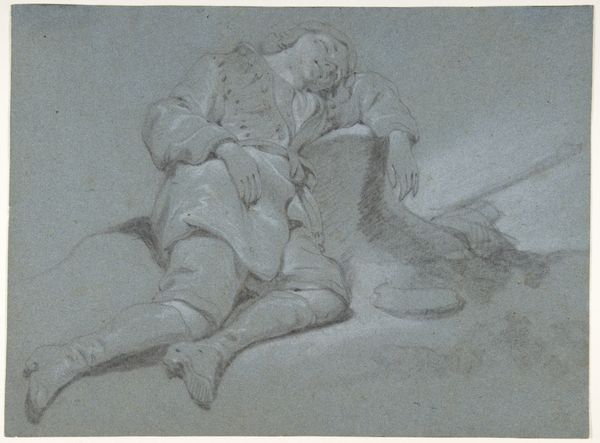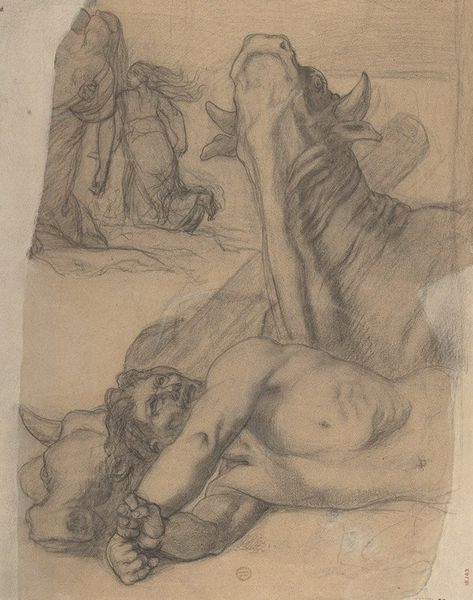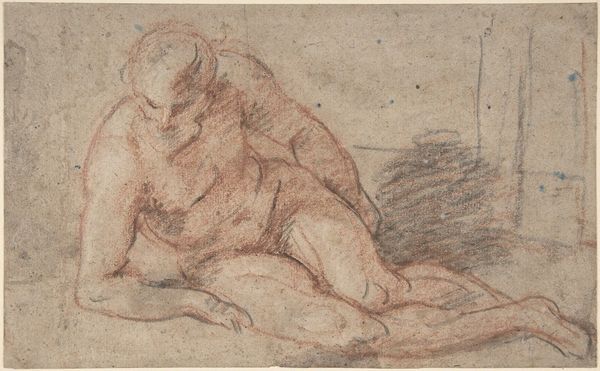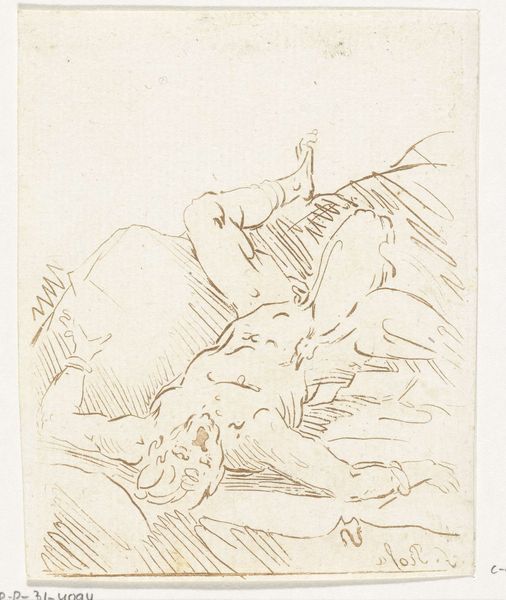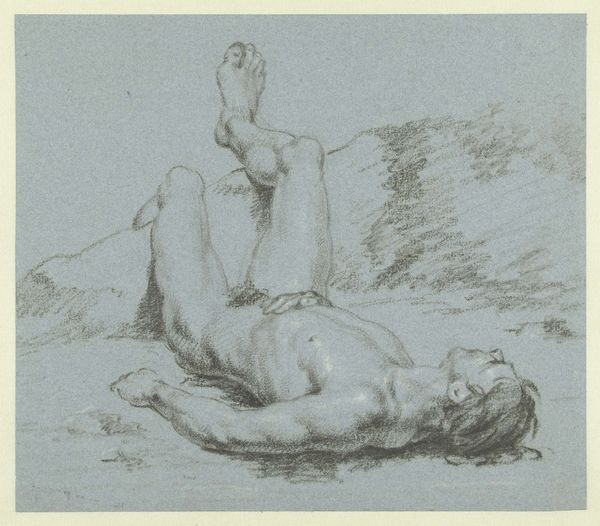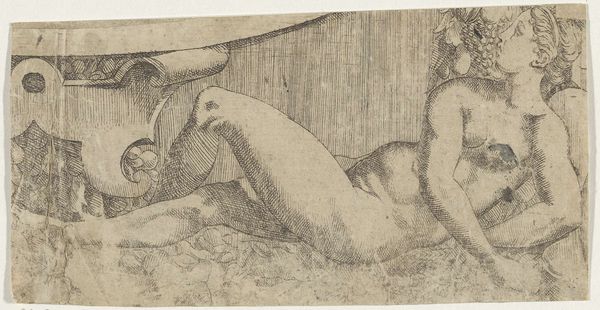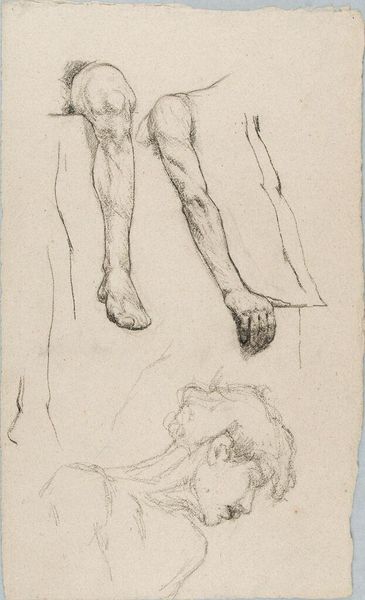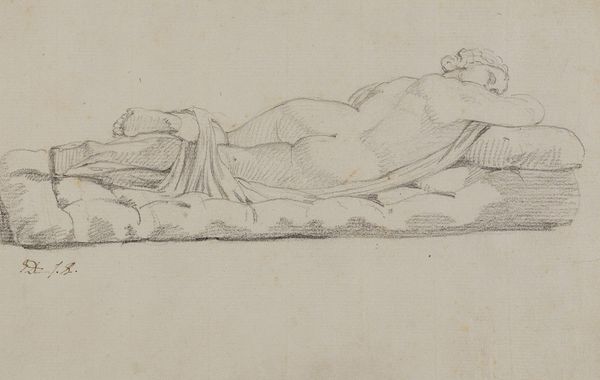
drawing, charcoal
#
pencil drawn
#
drawing
#
charcoal drawing
#
figuration
#
pencil drawing
#
underpainting
#
romanticism
#
line
#
charcoal
#
nude
Copyright: Public Domain: Artvee
Editor: So this drawing is called "La Nuit," or "The Night," and it's from 1800, by Pierre-Paul Prud'hon. It looks like it’s made with charcoal and pencil. I am really struck by how soft it is, the forms seem to almost dissolve into the darkness. What do you see in this piece? Curator: It’s the dreamlike quality that gets me. Consider "Night" personified, not merely a time but a state of mind, of refuge. Notice the symbols. We see Night cradling figures—infants perhaps, representing nascent ideas, innocence, vulnerability. It recalls images of the Madonna and Child, or classical depictions of the goddess Ceres. Editor: So you’re saying the figures aren't just figures, they represent something deeper? I can see the Madonna and Child comparison in the posture. Curator: Precisely. Prud'hon is working within a tradition of visual language. Darkness is often seen as something to be feared, yet here, it’s protective, nurturing. How do you interpret the bird in the upper right? Editor: It looks like an owl to me. Owls are associated with wisdom, but also with darkness and ill omens… is that dichotomy deliberate, do you think? Curator: It absolutely could be. The owl introduces that element of the unknown, the mysteries held within the night. Night isn't merely a void; it’s teeming with secrets, insights awaiting discovery. And then there is the Romantic context, favoring feeling over cold reason, seeing insight through intuition and not logic. Editor: I never thought about it that way. It makes the image so much richer than just a simple drawing of a woman asleep. Curator: Yes. And this speaks to art’s capability to operate on many levels at once – appealing aesthetically and lodging in the deeper mind at the same time.
Comments
No comments
Be the first to comment and join the conversation on the ultimate creative platform.
